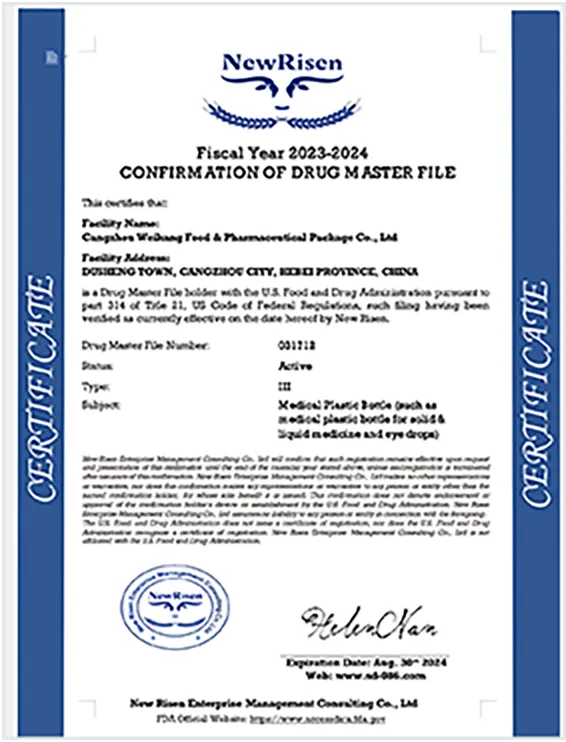
-
 Afrikaans
Afrikaans -
 Albanian
Albanian -
 Amharic
Amharic -
 Arabic
Arabic -
 Armenian
Armenian -
 Azerbaijani
Azerbaijani -
 Basque
Basque -
 Belarusian
Belarusian -
 Bengali
Bengali -
 Bosnian
Bosnian -
 Bulgarian
Bulgarian -
 Catalan
Catalan -
 Cebuano
Cebuano -
 Corsican
Corsican -
 Croatian
Croatian -
 Czech
Czech -
 Danish
Danish -
 Dutch
Dutch -
 English
English -
 Esperanto
Esperanto -
 Estonian
Estonian -
 Finnish
Finnish -
 French
French -
 Frisian
Frisian -
 Galician
Galician -
 Georgian
Georgian -
 German
German -
 Greek
Greek -
 Gujarati
Gujarati -
 Haitian Creole
Haitian Creole -
 hausa
hausa -
 hawaiian
hawaiian -
 Hebrew
Hebrew -
 Hindi
Hindi -
 Miao
Miao -
 Hungarian
Hungarian -
 Icelandic
Icelandic -
 igbo
igbo -
 Indonesian
Indonesian -
 irish
irish -
 Italian
Italian -
 Japanese
Japanese -
 Javanese
Javanese -
 Kannada
Kannada -
 kazakh
kazakh -
 Khmer
Khmer -
 Rwandese
Rwandese -
 Korean
Korean -
 Kurdish
Kurdish -
 Kyrgyz
Kyrgyz -
 Lao
Lao -
 Latin
Latin -
 Latvian
Latvian -
 Lithuanian
Lithuanian -
 Luxembourgish
Luxembourgish -
 Macedonian
Macedonian -
 Malgashi
Malgashi -
 Malay
Malay -
 Malayalam
Malayalam -
 Maltese
Maltese -
 Maori
Maori -
 Marathi
Marathi -
 Mongolian
Mongolian -
 Myanmar
Myanmar -
 Nepali
Nepali -
 Norwegian
Norwegian -
 Norwegian
Norwegian -
 Occitan
Occitan -
 Pashto
Pashto -
 Persian
Persian -
 Polish
Polish -
 Portuguese
Portuguese -
 Punjabi
Punjabi -
 Romanian
Romanian -
 Russian
Russian -
 Samoan
Samoan -
 Scottish Gaelic
Scottish Gaelic -
 Serbian
Serbian -
 Sesotho
Sesotho -
 Shona
Shona -
 Sindhi
Sindhi -
 Sinhala
Sinhala -
 Slovak
Slovak -
 Slovenian
Slovenian -
 Somali
Somali -
 Spanish
Spanish -
 Sundanese
Sundanese -
 Swahili
Swahili -
 Swedish
Swedish -
 Tagalog
Tagalog -
 Tajik
Tajik -
 Tamil
Tamil -
 Tatar
Tatar -
 Telugu
Telugu -
 Thai
Thai -
 Turkish
Turkish -
 Turkmen
Turkmen -
 Ukrainian
Ukrainian -
 Urdu
Urdu -
 Uighur
Uighur -
 Uzbek
Uzbek -
 Vietnamese
Vietnamese -
 Welsh
Welsh -
 Bantu
Bantu -
 Yiddish
Yiddish -
 Yoruba
Yoruba -
 Zulu
Zulu
Understanding Different Types of Blood Testing Tubes and Their Uses in Laboratories
Understanding Blood Testing Tubes An Essential Aspect of Diagnostics
Blood testing is a fundamental part of modern medicine, playing a crucial role in diagnostics and treatment planning. One of the essential components of blood testing is the use of specialized tubes designed to collect and preserve blood samples for analysis. These blood testing tubes come in various colors and types, each serving a specific purpose in the laboratory setting.
The Importance of Blood Testing Tubes
The right blood collection tube is vital for obtaining accurate and reliable test results. The composition and color of the tube indicate the additives contained within it, which are designed to promote or inhibit certain chemical reactions. This specificity is essential for different types of tests, as some require the blood to clot, while others need it to remain in a liquid state.
Common Types of Blood Testing Tubes
1. Red Top Tubes These tubes do not contain any additives and are used because they allow blood to clot. They are ideal for serology tests and for collecting serum for biochemical tests.
2. Blue Top Tubes Treated with sodium citrate, blue top tubes are primarily used for coagulation studies. The anticoagulant property of sodium citrate prevents blood from clotting, which is crucial for accurate evaluation of clotting function.
3. Green Top Tubes Containing heparin, these tubes prevent clotting by inhibiting thrombin and factor Xa. They are often used for plasma tests, chemistry panels, and various specialized tests.
blood testing tubes

4. Lavender (or Purple) Top Tubes These contain EDTA, an anticoagulant that binds calcium ions, making it unsuitable for clotting tests. Lavender top tubes are commonly used for complete blood counts (CBC) and blood smears.
5. Gray Top Tubes These tubes contain sodium fluoride and potassium oxalate. They are important for glucose testing, as sodium fluoride inhibits glycolysis, preserving glucose levels in the sample.
Proper Handling and Storage
The effectiveness of blood testing tubes is heavily dependent on proper handling and storage. Blood samples must be collected using sterile techniques to avoid contamination. Additionally, samples should be stored under recommended conditions, which vary based on the type of tube and the tests being conducted. For example, some samples may need to be refrigerated, while others can be stored at room temperature.
The Future of Blood Testing Tubes
Advancements in technology and materials continue to improve the design and functionality of blood testing tubes. Research is being conducted to create more efficient tubes that enhance blood sample stability, simplify the handling process, and reduce the risk of contamination. Furthermore, the development of smart tubes equipped with sensors could provide real-time data about blood composition, potentially leading to quicker diagnoses and more personalized treatment plans.
In conclusion, blood testing tubes are a critical component of the diagnostic process in healthcare. Understanding the various types, their specific uses, and the importance of proper handling is essential for healthcare professionals. As technology evolves, the future of blood testing may hold even more innovations, ultimately leading to improved patient outcomes and more efficient healthcare systems. The careful use of these tubes not only aids in accurate diagnostics but also enhances the overall quality of patient care.
-
Premium Metal Dropper Bottle for Precise Dispensing 250ml & 1ml Options AvailableNewsJul.04,2025
-
20 ml Headspace Vials - High Quality Polyethylene & Plastic Vials for Lab UseNewsJul.04,2025
-
Small Bottle with Pipette - Precise Dispensing 100ml Pipette Bottles for Essential Oils & Lab UseNewsJun.24,2025
-
Acetic Anhydride Bottle for Accurate Dropper Measurement in Pharmacy Use High-Quality Dropper BottlesNewsJun.10,2025
-
Innovative PET Bottle Design for Juice – Unique Shapes & Customization OptionsNewsJun.10,2025
-
20 Pack Sterilized Petri Dishes – Assorted Sizes, High Quality Small Plastic Petri Dishes for Lab UseNewsJun.10,2025






















